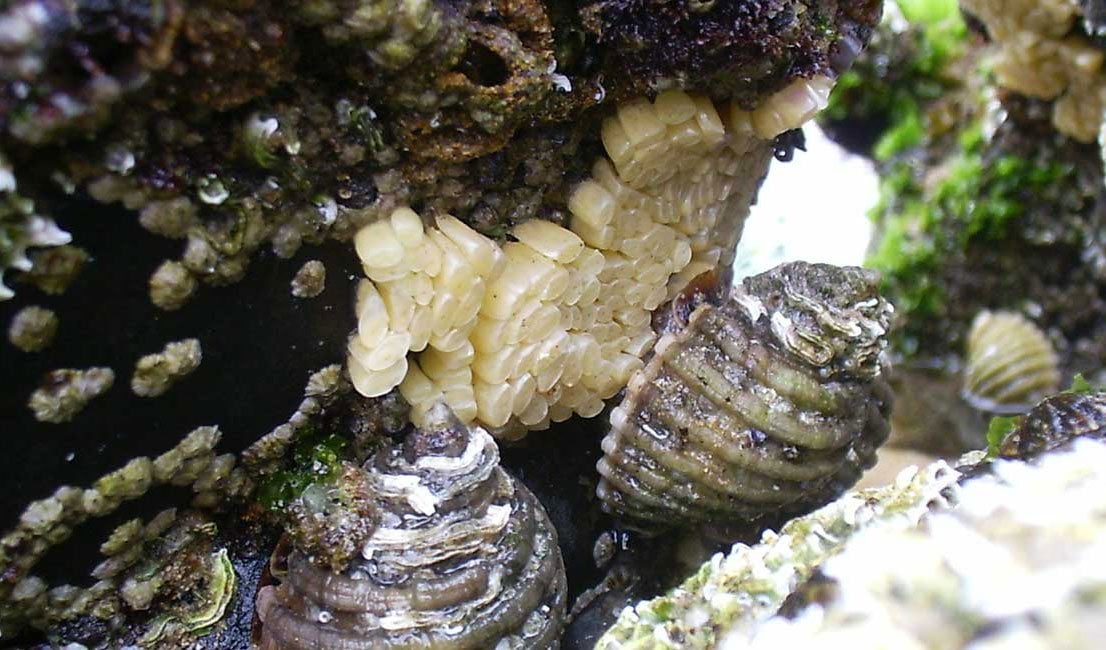VIDEO: Sea snails could hold cancer killer

A NEW CLASS of molecules adapted from the white rock sea snail (Dicathasis orbita) could help fight off cancer cells, according to new research from the University of Wollongong and the Illawarra Health and Medical Research Institute.
These molecules, called N-alkylisatins, were tested against lab-grown cancer cells with spectacular results, killing 100 per cent of drug-resistant cells in 48 hours. Comparatively, a chemotherapy drug regularly used to treat breast cancer only kills 10 per cent of cells in the same time.
The molecules originate from the egg masses of the white rock sea snail, commonly found across Australia and New Zealand’s rocky shores. The molecules were isolated back in 2002 in collaboration with Dr Kirsten Benkendorff from Southern Cross University, and have been tweaked at a snail’s pace to boost their cancer-fighting properties 1000 times.

The egg masses of the white rock sea snail. (Image courtesy University of Wollongong)
According to lead researcher Dr Kara Perrow, N-alkylisatins works by targeting the skeleton of the cell, a critical component in the cell expanding and the cancer spreading. The molecules were particularly potent against colorectal, prostate and breast cancers.
Currently, drug-resistant cancer cells are considered a major roadblock in the path to curing cancer. Within the body, blood cancers and solid tumours can develop a resistance to chemotherapy and other treatments, in particular making breast, ovarian, pancreatic and lower gastro intestinal tract cancers near-impossible to eradicate.
Kara said she hopes the molecules could be used to reduce relapses in cancer patients.
“These drugs could be used as the next-in-line therapy after the first round of chemotherapy fails, as a completely new therapy to replace the current standard of care, or used in combination with a number of anti-cancer drugs to reduce the chance of multi-drug resistance arising,” she said.
For now, the molecule is in a pre-clinical trial phase, meaning it could be five to ten years before the drug is publicly available.
READ MORE:
- Cone snail drug 100x more potent than morphine
- Venom of deadly scorpion has medical use
- Top 10 Aboriginal bush medicines
- The bubble snail, a rare Australian visitor
- Sea snail shell world’s strongest material




